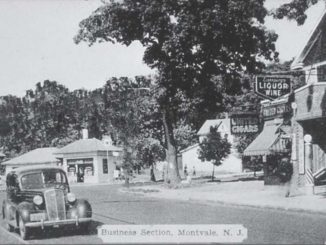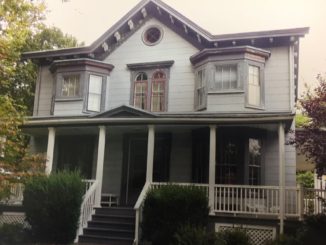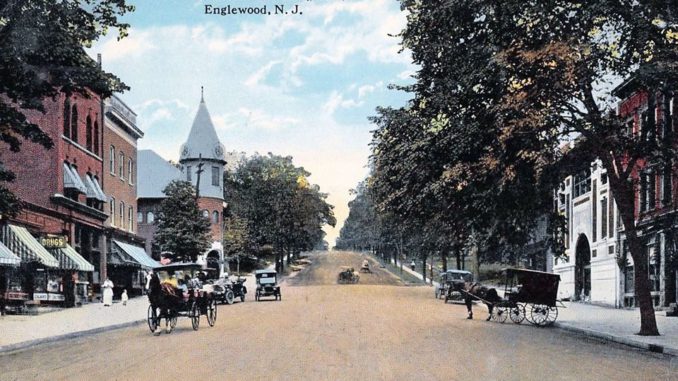
NORTHERN VALLEY AREA, N.J.—We go back 80 years to Aug. 11, 1913—the day that a “cyclonic wind” ripped apart buildings, uprooted trees, and even killed one man in Bergen County. And, according to news reports of the day, Closter got it the worst.
The cyclone touched down in northern Bergen County late that afternoon. Trees were uprooted and snapped all over the region, blocking roads, damaging homes, smashing windows and causing many near fatalities due to falling limbs.
“A tornado, accompanied by hail and a deluge of rain, passed over the northern part of Bergen County at about 5:30 o’clock this afternoon, doing much damage, particularly in Hackensack, Englewood, Closter, Park Ridge, and Ramsey,” The New York Times reported. “Many details are missing because so many telephone wires were blown down.”
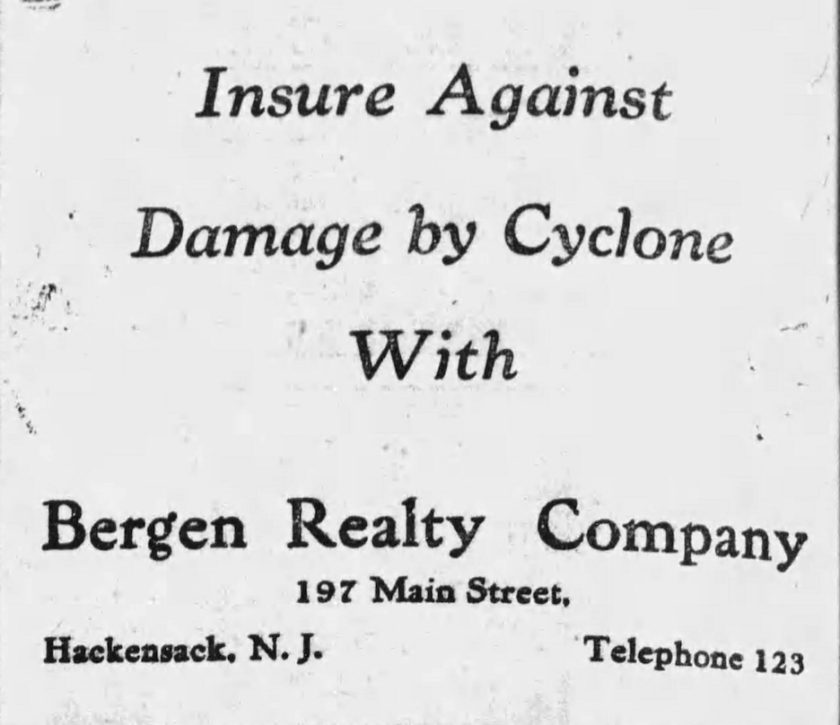
In Closter, trees all over the neighborhood were uprooted and telephone wires were torn down. Roofs were blown off three houses. Telephone service was out for hours, crippling communication in the borough.
The cyclone struck at John J. Demarest’s lumber yard and carried wooden planks through the air, slamming them into the sides of buildings as much as 500 feet away. Amazingly, nobody was injured as a result.
The roof of Warren Ferdon’s grocery store was blown clean off, and some smaller outbuildings around the shop were overturned.
The storm did not spare the borough’s greenhouses, where owners estimated between 600 and 800 panes of glass were shattered.
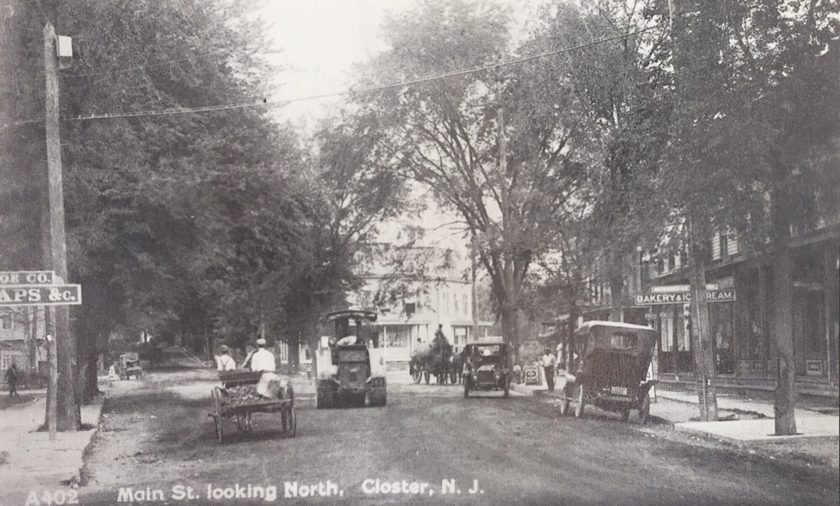
Englewood, too, was hit hard by the violent storm.
“Englewood was in the path of the storm, and the large plate glass window in Schneider’s drug store was blown in,” The Times reported. “Two dozen telegraph poles along the Northern Railroad were blown down, and wrecking crews were sent out from the Erie terminal at Jersey City. All trains were delayed.”
In Englewood, a 22-year-old Haase Place resident died after being electrocuted by fallen wires.
“The miniature cyclone that passed over Bergen County yesterday was not without its fatal results,” the New York Tribune reported. “Moses Bowen, of Englewood, died after having become entangled in fallen electric wires near his home. Bowen went from his home to clear away the wires he had seen in the roadway. His wife heard his cries for help, but she could not do anything for him.”
At around 9:20 p.m., Bowen had ventured out into the darkness with two axes, intent on chopping up some of the downed telephone poles that were blocking the road.
“I heard my husband calling for me,” Mrs. Bowen later told reporters. “I ran out, but could not find my way as it was pitch dark. The only thing I could see was a few red lanterns on the tracks which were being used by men who were cleaning the tracks of telegraph poles that had been blown down. The sound was coming from the direction of the curve at Van Nostrand Avenue. As I was half-way there a crowd had gathered and were yelling. We were not allowed to go near the place as it was feared that someone might be killed by live wires.”
Linemen discovered Bowen with wires wrapped around his legs. While the man was still alive when found, he died before medical aid could reach him. He is buried in Brookside Cemetery.
Another Englewood man, 27-year-old Michael Clark of Railroad Avenue, was left in critical condition with severe burns after coming into contact with live electrical wires. He had been working nearby when a live wire hit him, and he was thrown to the ground. He sustained serious burns on his hands and shoulders, but he recovered.
There was a close call at the Englewood Golf Club. A group was playing a round on the links when the storm suddenly came upon them. One woman started running for the club house but lost her way in the blinding rain. A tree was blown over and narrowly missed crushing her. It knocked her down and partially ripped off her clothing.
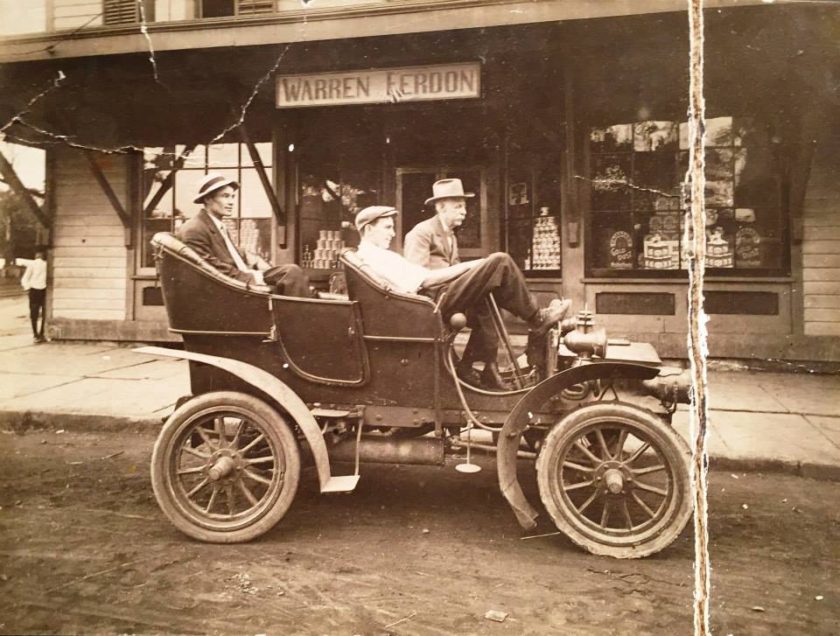
There was another near miss for two young girls, a 9-year-old from Dean Street and a 12-year-old from Palisade Avenue, who were swimming in the Hudson River when the storm hit. They had ventured a distance from shore when suddenly the whirlwind struck. Fortunately, a small boat passing by happened to see them, and the girls were rescued and safely returned to their frantic parents.
Two of the oldest trees in Englewood, standing at 200 years old in front of the Presbyterian Church on Palisade Avenue, were torn up by the roots.
Tenafly was left completely untouched by the storm, despite sitting between hard-hit Closter and Englewood.


